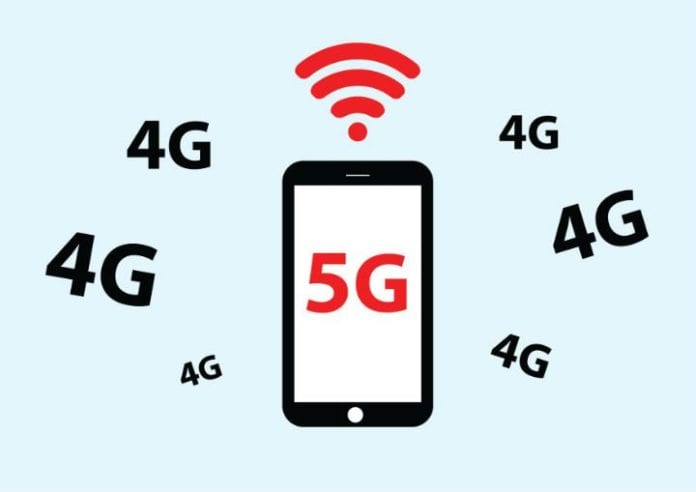4G is not expected to just go away once 5G networks are deployed, but how will the two generational technologies exist together?
With specifications for “5G” technology still being worked through, it should be obvious to wonder how the technology is expected to be different from 4G and, in turn, how 4G will fit into the 5G ecosystem.
Past generational changes have been fairly significant, helped by a clear delineation between what came before and where the technology was going. The advance from 1G to 2G was based on a move from analog to digital services. The move from 2G to 3G was more nuanced in that it brought about advances in those 2G standards in order to support higher-speed mobile data services.
A larger transition was seen in terms of the move from 3G to 4G, as what were circuit-switched networks gave way to internet protocol-based networks that could support greater network speeds and overall growing consumer demand. The switch also was significant in that there was not an easy handover between 3G and 4G networks, which forced carriers to continue supporting both in order to continue serving customers.
That now leads us to the 4G to 5G migration, which initially looks set to be similar to the 2G to 3G move. This is seen as good news for deployment plans as mobile carriers have spent tens of billions of dollars deploying their LTE networks and are expected to continue that investment into the near future.
“I like to explain it that in every generation we try to do two things: one is do more of the same, which is add more peak rates and capacity to support more data growth; and the other is to expand where wireless can be used to make more money,” explained Michael Murphy, CTO for North America at Nokia. “5G is the same. It provides higher peak rates and higher capacity and has the second part in terms of the various revenue sources.”
With LTE networks currently providing broad swaths of coverage and carriers rapidly increasing the capabilities of those networks with LTE-Advanced enhancements, 4G is seen as being foundational to 5G.
“Our work today in LTE is crucial to what we are doing in terms of 5G,” said Güenther Ottendorfer, COO of technology at Sprint. “From Sprint’s perspective it is that we have peace of mind in terms of spectrum support for LTE, and what we are doing with the 2.5 [GHz] band today in bolstering our 4G LTE service and also gaining insight into what we can do in the future with 5G networks.”
Current 4G networks also are seen as being key to support the explosion of use cases coming to market, many of which are expected to mature well before 5G networks are deployed.
“Things like evolved packet core and LTE will continue to serve as a solid control plane for 5G,” said Larry Davis, national sales manager at Anritsu. “It’s always a tough issue for the industry to see how far out we can look past where we are in terms of LTE deployment. We see 5G as an evolution of 4G and thus see current 4G networks as being very important as we move toward 5G. … A lot of the challenges are being introduced today so we are getting some work on them and they are not going to be new. They are already here in terms of heterogeneous networks, for instance, and that is all stuff that we are working on today. Getting it right in terms of 4G will ensure that we are prepared for 5G.”
While the hype surrounding 5G would make it seem like we are just days away from commercial deployments, there obviously remain years of work ahead in terms of fulfilling that promise. Similar to past technology evolutions, there are sure to be hurdles and dead ends along the way, but with the continued focus on evolving 4G networks, those issues should be taken in stride.
“I would agree that we are indeed seeing a lot of 5G hype at the moment, with some of that perhaps a bit overhyped for what we will actually see in terms of 5G networks,” said Bill Ho, principal analyst at 556 Ventures. “But, we are seeing greater tangential benefits to wireless connectivity and more specifically to what 5G advances can bring to the market. We may still be some years away from seeing the full benefit, but the industry is making steady and significant progress toward a 5G future.”
Beyond LTE, the industry is also looking for 5G support from other air interfaces including Wi-Fi, which has become nearly as much of a staple to the end-user experience as seeing the “4G” icon on their handsets.
“From the end-user perspective you couldn’t care less as to how you are getting served as long as you are getting served and that’s an important piece of this puzzle,” added Durga Malladi, SVP of engineering at Qualcomm.
For more on the 5G topic, check out the RCR Wireless News Feature Report “Breaking down the 5G future.”
Bored? Why not follow me on Twitter

